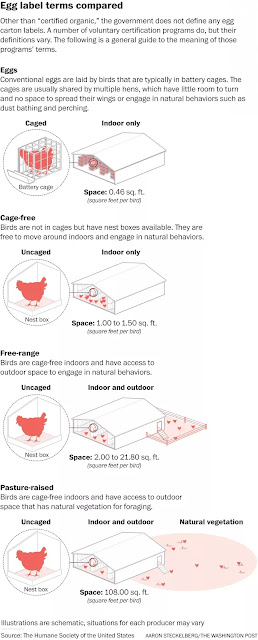 |
| An award-winning high-stepper |
Most of the speakers at both forums opposed the new standards, saying they are unnecessary and would be harmful to the industry. The minority who supported the rules said they will protect horses from harm. Many in the horse industry have shown support for the rules. Comments can be submitted online by Sept. 26.
In Murfreesboro, horse owner Denise Rowland said, "It is a blatant attempt to bypass Congress. The Horse Protection Act was never meant to destroy the industry. To say that this legislation will not hurt the industry is to say the Titanic took on a little water," Mary Reeves reports for USA Today. "Bill Williams, a trainer, called it the "Horse Destruction Act," saying many stables "would be put out of business and employees who would lose jobs if the regulations passed."
In Lexington, U.S. Rep. Hal Rogers, who represents most of Eastern Kentucky, called "the rules 'unnecessary, heavy-handed regulation' that were designed to intimidate and dismantle most of the walking-horse industry," Janet Patton reports for the Lexington Herald-Leader. He said new regulations “will impose significant and severe economic hardship on families, small businesses and communities across Kentucky, Tennessee and other states that depend on this industry for their livelihoods."
Most of the Lexington speakers agreed, saying "although only a minority of trainers use illegal methods, banning chains and pads would eliminate much of the current show horse structure and devastate the economy around it," Patton writes. Roger Varney, president of the Kentucky Horse Industry Organization, which provides inspectors for shows, said new rules "will send more walking horses to slaughter or result in more people leaving horses to starve on strip-mined land in Eastern Kentucky." He said, “These horses will not have a place to show. If you have to hire veterinarians and vet techs to come in and inspect, they are not going to be able to have a show and pay those entry fees.”




























